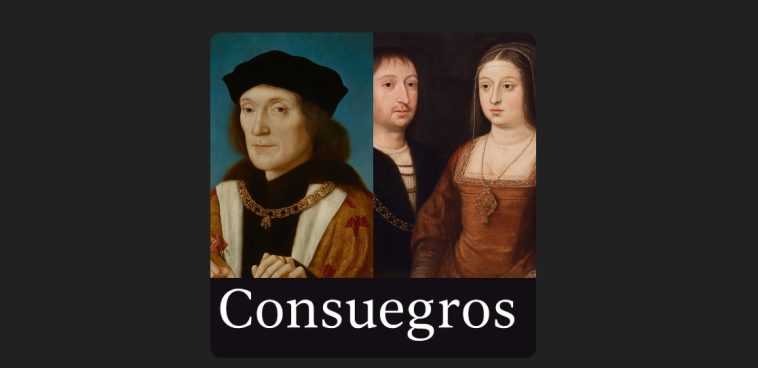One of the things students always find fascinating in Spanish is how we have very specific words for family relationships that in English don’t exist. A good example is the word consuegros.
Who are the consuegros? Very simple: they are the parents of your son-in-law or your daughter-in-law. In other words, the parents of your child’s spouse. For example, if your daughter gets married, you and the groom’s parents become consuegros.
It’s an important word because in Latin American and Spanish families, the relationship between consuegros is often close. They see each other in family gatherings, birthdays, holidays, weddings, baptisms, and many other occasions. There is a sense of extended family that doesn’t have a simple name in English.
English usually needs a long explanation: “my daughter’s husband’s parents” or “the parents of my son-in-law.” But in Spanish, we just say mis consuegros.
There are also affectionate forms, like consuegro (for one person), or even consuegrito in some regions, when people want to be friendly or playful.
So next time you hear the word consuegros, remember: it’s about family ties, about connection, and about how Spanish sometimes captures in one word what English can’t.
Famous Consuegros in History
The word consuegros describes something simple but powerful: when two families become linked because their children marry each other. Far from being only everyday life, history gives us some great examples.
One famous case is Henry VII of England and Ferdinand and Isabella of Spain. Henry’s son, Prince Arthur, married Catherine of Aragon (the daughter of Ferdinand and Isabella). That made the Tudor king and the Catholic Monarchs consuegros. This marriage was meant to seal an alliance between England and Spain at the start of the 1500s.
So, whether in royal courts, political dynasties, or even Hollywood, consuegros have always played a role in weaving families—and sometimes history—together.




